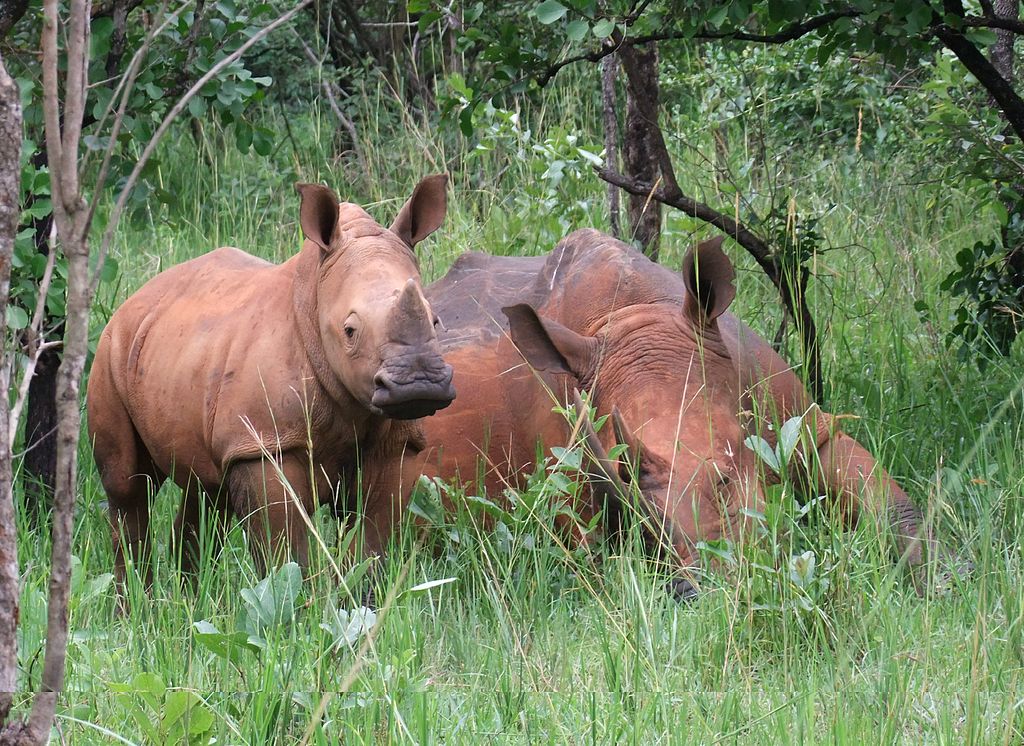Gorillas and chimps have become Uganda’s star tourist attractions in recent years. So much so, in fact, that many people don’t really think of Uganda as true safari destination like Kenya, Tanzania or Botswana. This wasn’t always the case. In the 1960s, before the rise of Idi Amin and all the trouble that followed, Uganda was considered the ‘Pearl of Africa’ and was one of the continent’s premiere safari hotspots. Civil war and a poaching epidemic in the 70s and 80s tarnished the country’s once stellar reputation as a top safari destination and decimated its once abundant wildlife populations.
The good news is that Uganda has stabilized politically and the wildlife is coming back. Case in point: while elephant populations are plummeting across Africa due to poaching, Uganda has managed to increase its elephant population by about 600% since the 1980s. While it’s definitely worth a trip to Uganda to see its famed mountain gorillas and chimps, there are plenty of other great reasons to add it to your safari bucket list. Here are just a few:
1. Tree Climbing Lions

By Cody Pope (Own work) [GFDL or CC BY-SA 3.0], via Wikimedia Commons
2. The Rare (and Bizarre) Shoebill and Other Feathered Wonders

By pelican [CC BY-SA 2.0], via Wikimedia Commons
3. Mind Boggling Biodiversity

By Movingsaletoday edited by Muhammad (Own work) [Public domain], via Wikimedia Commons
4. Murchison Falls (and the Mighty Nile)

By Oliver Sedlacek (Photograph taken by Oliver Sedlacek) [Public domain], via Wikimedia Commons
5. The People

Distracted Meal by Brian Wolfe is licensed by CC BY-NC 2.0
Even by Africa’s lofty standards of friendliness, Ugandans, as a whole, are exceptionally welcoming and warm. Given that Uganda’s citizens have faced more than their share of hardships in recent decades, you may be surprised by the sheer number of big, genuine smiles you see in the course of a single day.
6. The Big Five (Soon, Hopefully)

By Dror Feitelson (Own work) [CC BY-SA 3.0 or GFDL], via Wikimedia Commons

























